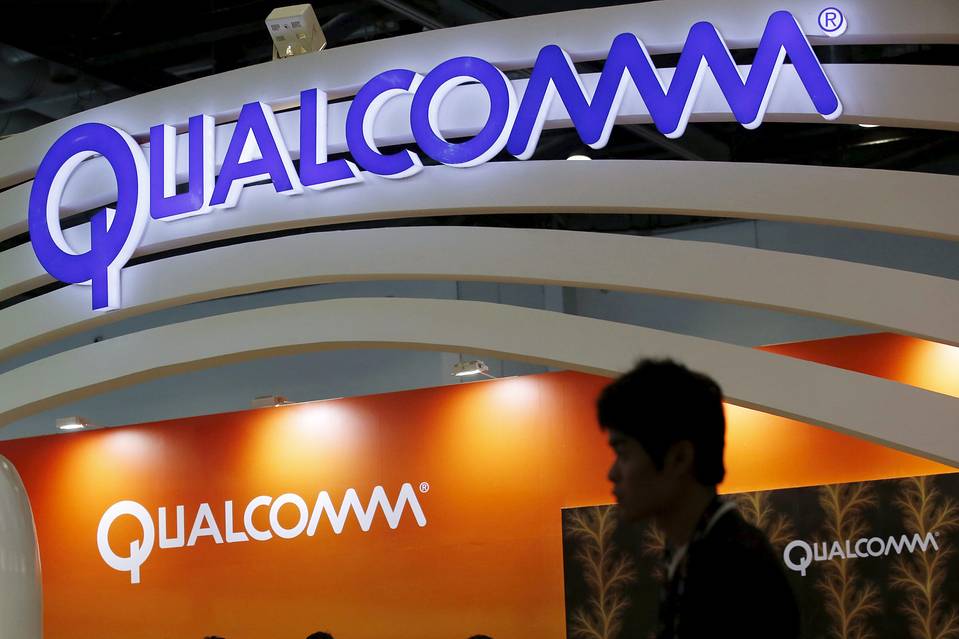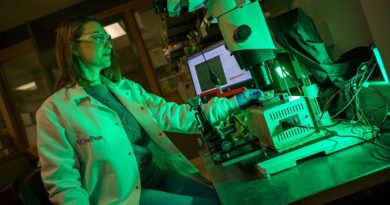Daily Business Report-Sept. 18, 2015
Qualcomm employs about 15,000 people in San Diego.
1,300 Layoffs Underway at Qualcomm
Times of San Diego
Layoffs necessitated by cost-cutting at San Diego-based Qualcomm Inc. began on Thursday, with a total of 1,314 expected based on official notifications.
The global wireless technology company announced in July that it plans to lay off 15 percent of its global workforce and study a restructuring under pressure from hedge fund investor Jana Partners.
“As part of the Strategic Realignment Plan announced in July, we announced that Qualcomm would reduce full-time headcount and have a significant reduction of our temporary workforce. We are in the process of notifying employees,” the company said in a statement, adding that it is “providing a supportive severance package, outplacement resources and career transition services” to affected employees.
The company filed a Worker Adjustment and Retraining Act, or WARN, notice with the San Diego Workforce Partnership confirming the layoffs. Employees are being notified now, but the layoffs will not take effect until Nov. 20.
Qualcomm employs about 15,000 people in the San Diego area and has other locations throughout the world.
_______________________________________________
Local Health Insurance Coverage
Rises to 88 Percent Under Obamacare
Times of San Diego
The percentage of San Diegans covered by health insurance increased significantly in 2014 to nearly 88 percent, thanks in part to the individual mandate under the Affordable Care Act, or Obamacare.
The San Diego metro area’s 2014 coverage rate was 87.7 percent, up from 83.7 percent in 2013, according to statistics released Thursday from the U.S. Census Bureau’s American Community Survey. The increase in the number of insured was also dramatic statewide, increasing to 87.6 percent in 2014 from 82.8 percent in 2013.
“The Census figures are the gold standard and what the numbers show is that California is having one of the largest impacts in the nation on reducing the rate of the uninsured,” said Peter V. Lee, executive director of Covered California, the state’s insurance exchange created under Obamacare.
Nationwide the percentage of insured grew to 86.6 percent as the individual mandate — the requirement that every American have health insurance or pay a tax penalty — came into effect in 2014.
Other highlights from the San Diego survey are:
• 68.1 percent of the insured were covered by private plans.
• 28.8 percent of the insured were covered by Medicare and other public plans.
“We cannot rest on our laurels,” Lee added. “You don’t change overnight from a culture of coping, where people think they can’t afford coverage and make do without care, to a culture of coverage.”
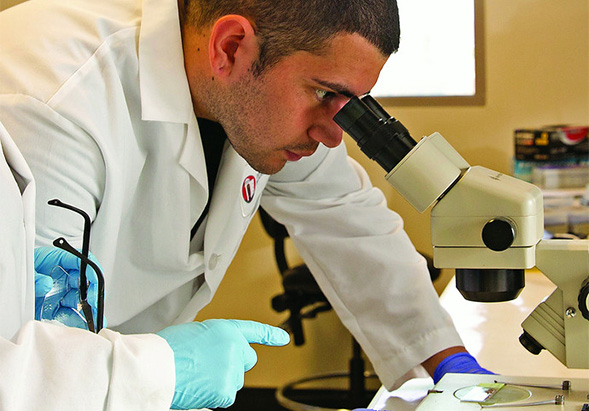
San Diego State University
Research Funding Up 12 Percent
Funds awarded to San Diego State University researchers rose 12 percent in 2014-2015 to $120.6 million, from $107.9 million in the previous fiscal year, the university reported.
The researchers received nearly 700 awards from 287 national, state, local and private sponsors, including the National Institutes of Health, National Science Foundation, National Endowment for the Humanities, NASA, the California Department of Education and ExxonMobil Research and Engineering.
At a time when agencies are cutting back or at best maintaining funding at previous levels, SDSU faculty and staff have successfully competed with their colleagues at America’s finest institutions by conducting excellent research and being resourceful, strategic and persistent,” said Stephen Welter, vice president for research and dean of graduate affairs.
Among the largest awards SDSU received last year:
• $3.5 million from the National Institutes of Health (NIH) to Ralph-Axel Müller for research on autism in older adults.
• $3.5 million from Patient Centered Outcomes Research institute to John Elder for the Imperial County Asthma Project.
• $3.4 million from NIH to Mark Sussman and Christopher Glembotski for research to restore myocardial healing.
• $1.9 million from the Institute of International Education to Mary Ann Lyman-Hager for the Language Resource Acquisition Center.
• $1.7 million from the California Department of Rehabilitation to Caren Sax to help disabled children receiving Supplemental Security Income prepare for employment and education.
• $1.2 million from the National Science Foundation (NSF) to faculty in the Center for Research in Science and Math Education to support the SDSU Noyce scholars and interns program.
• $1 million from NSF to faculty in the interdisciplinary Center for Human Dynamics and the Mobile Age to model human dynamics across social networks.
• $580,000 from NSF to Karen Emmorey and Phillip Holcomb, collaborators in the Center for Clinical and Cognitive Neuroscience to assess the neural dynamics of reading in deaf adults.
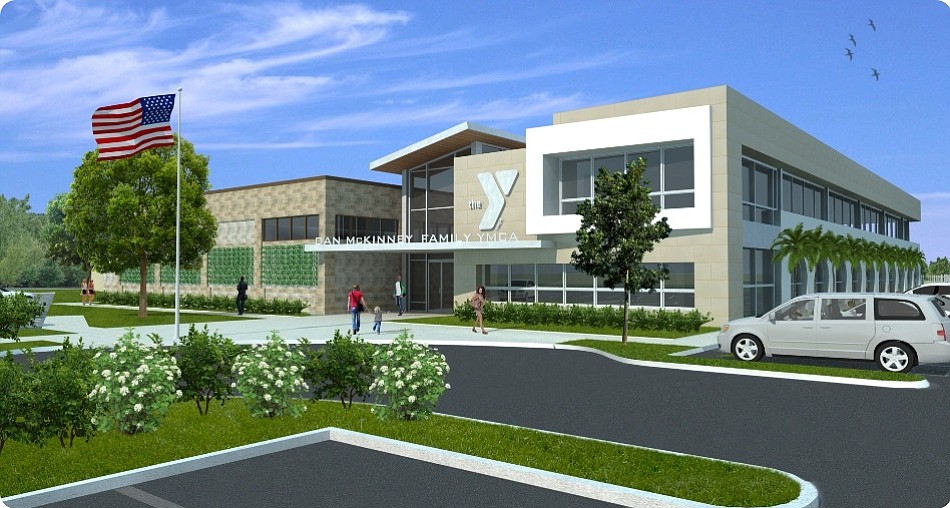
La Jolla YMCA Renovating
And Expanding Facilities
City News Service
The La Jolla YMCA today will celebrate the beginning of a $15.5 million renovation and expansion project at its facilities.
The project was funded in part with a $5 million donation from philanthropist Dan McKinney, who died last month at the age of 96.
Construction actually began last week and is expected to last around two years. The new facility will be named after McKinney, according to the YMCA.
The additions will include an aquatics center, a wellness center with sweeping ocean views, multi-use space, and child care facilities, among other things.
The La Jolla YMCA serves more than 18,000 people from La Jolla, University City, Sorrento Valley, Carmel Valley and the northern parts of Clairemont and Pacific Beach.
N.Y. Times Gives UC San Diego High
Marks for Aid to Low-Income Students
The New York Times has named the UC San Diego the nation’s No. 4 school in its College Access Index, measuring which colleges and universities do the most for low-income students.
The College Access Index assesses economic diversity based on the number of students who receive Pell grants (which typically go to families making less than $70,000), the graduation rate of those students, and the net cost, after financial aid, which colleges charge both low- and middle-income students.
The New York Times announcement comes weeks after UC San Diego was named by Washington Monthly as the No.1 university in the nation for the sixth consecutive year. The magazine’s annual college rankings measure how universities are acting on behalf of the public interest, based on three criteria, one of which is social mobility, which measures the number of students who receive federal Pell grants and their graduation rates.
All schools in The New York Times’ top-five list were University of California campuses.
To vies the full list of schools, click here.
Tariq Khamisa Foundation Receives
Rotary’s Inaugural Peace Award

The Tauriq Khamisa Foundation, founded by the father of a murdered teen and the grandfather of his assailant, has been awarded San Diego Rotary’s inaugural Peace Award.
“For 20 years, TKF has been fighting the issue of violence at the deepest roots: San Diego’s youth,” said San Diego Rotary President Peter Duncan. “We are honored to acknowledge and commend their efforts to create a safer, more peaceful community.”
The foundation was honored at a luncheon Thursday at the Liberty Station Conference Center in Point Loma. It was presented a donation of $1,000.
TKF was founded after Tariq Khamisa was killed by a 14-year-old gang member, Tony Hicks. After the crime, Tariq’s father reached out to the grandfather of Tony to form the organization. To date, TKF reports it has reached more than 500,000 young community members. Of those reached, 65 percent have a decline in behavioral issues and 72 percent have increased attendance in school. An estimated 16 deaths a day in the nation are due to youth, according to TKF’s website.
Maritime Museum receives $500,000 donation
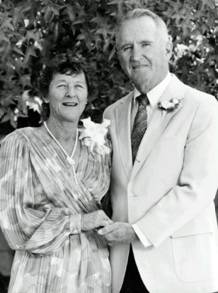
The Maritime Museum of San Diego has received a donation of $500,000 from the Hervey Family Fund at the San Diego Foundation. These funds are earmarked to contribute towards the financing and ongoing fundraising of the much heralded San Salvador project.
The recently launched San Salvador is a replica of the Spanish galleon that Juan Rodriguez Cabrillo sailed into present-day San Diego Bay in September 1542.
“The Hervey family have been among the foremost contributors to making San Diego one of the great places to live — with education, literacy, heritage and culture as themes to their legacy” said Museum President and CEO Raymond Ashley. “This full-scale, seaworthy replica of Cabrillo’s galleon will serve both to educate and fuel the imaginations of tens of thousands of children in our region.”
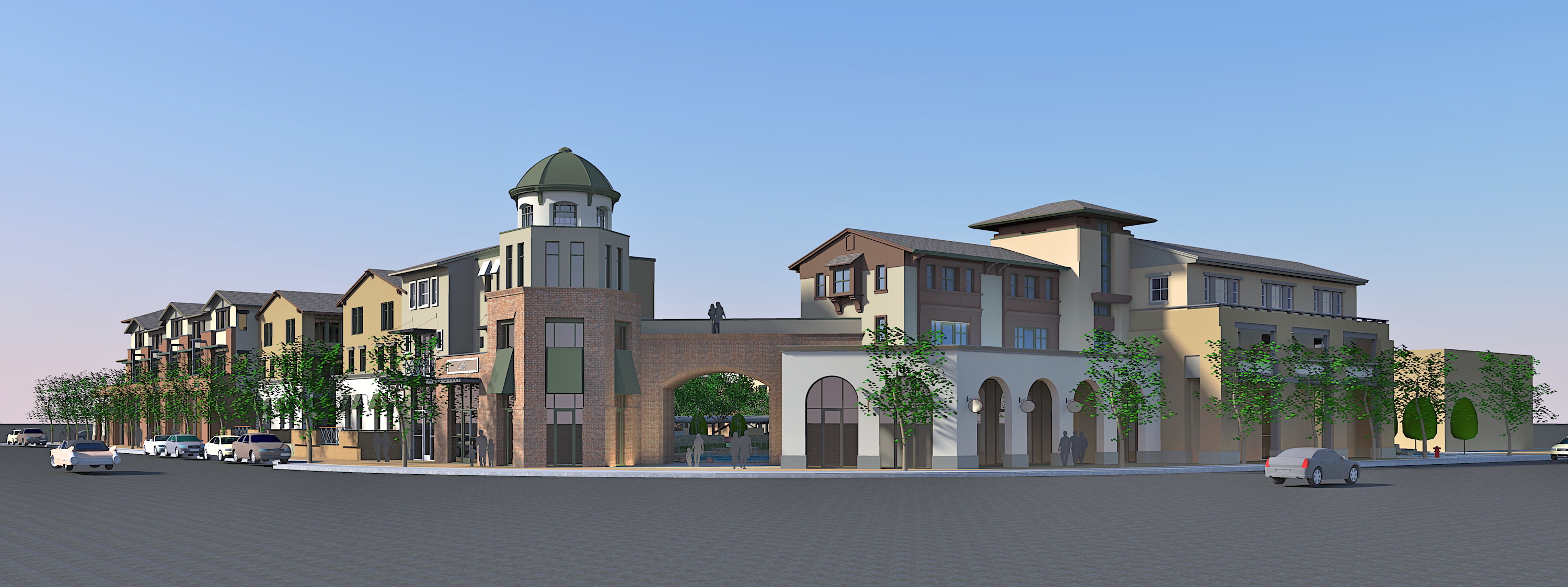
Wermers Awarded Contract
For San Marcos Project
Wermers Multi-Family Corporation has been awarded the construction contract for Eastgate Residential, a mixed-use project located on the northwest corner of Grand and Creekside Drive in San Marcos.
Wermers will build the three-story residential and mixed-use building, including 7,000 square feet of retail, a community room, leasing offices, amenity areas, tot lot, and site improvements. Onsite grading work has began.

